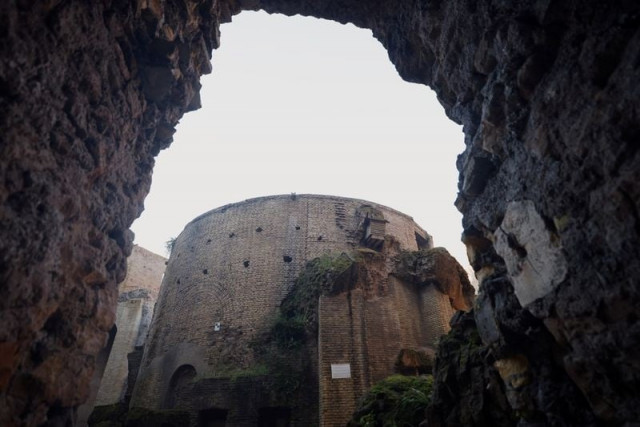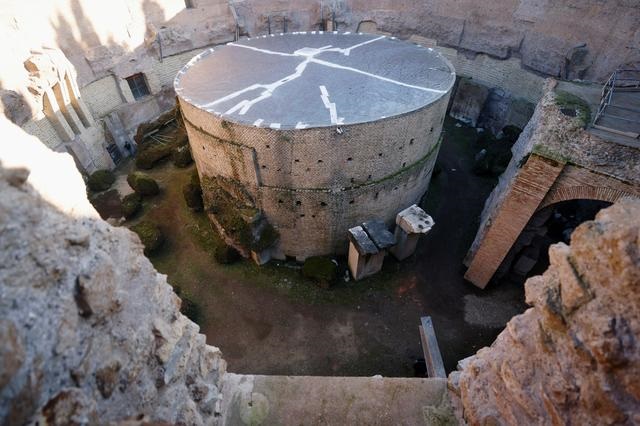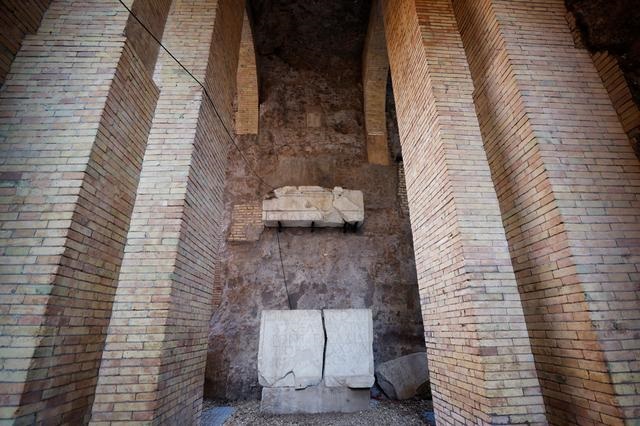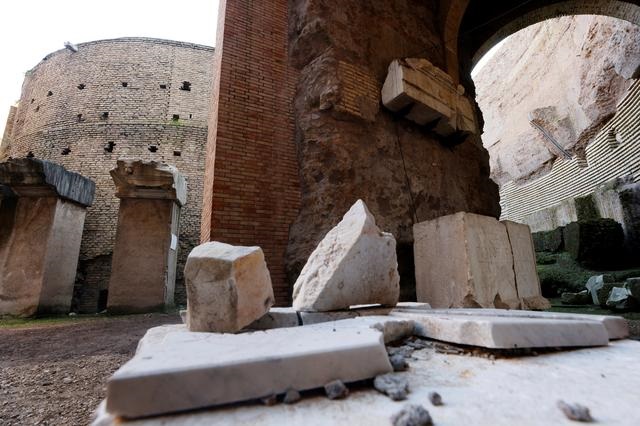Mausoleum of Rome's first emperor restored and ready to reopen
The largest circular tomb in the world constructed in 28 BC to house the remains of Augustus and his heirs

After decades of neglect, one of ancient Rome’s most important monuments, the mausoleum of the first emperor Augustus, has been restored and will reopen early next year, city officials announced on Friday.
The mausoleum is the largest circular tomb in the world and was constructed in 28 BC near the banks of the river Tiber to house the remains of Augustus and his heirs, including the emperors Tiberius, Caligula and Claudius.

“This is an historic moment,” Rome Mayor Virginia Raggi told reporters, saying the site would open to tourists on March 1, with entrance free for all until April 21, the day the city marks its founding in 753 BC.
“To reopen a monument like this is a signal of hope as we look with good faith towards the future despite the uncertainties of the pandemic. We need to work for the future and maintain our traditions,” she said.

Once one of the most magnificent buildings in the city, it underwent many changes after the fall of the Roman empire, at one point becoming a fortified castle, then a hanging garden and subsequently an amphitheatre for bullfighting and firework displays.
At the start of the last century it was transformed into a huge theatre for concerts and operas before the fascist dictator Benito Mussolini ordered the dismantling of the auditorium as he sought to restore the landmarks of ancient Rome.
The site fell into disrepair over the years, trees grew from the walls and rubbish filled the pathways.

All that has been cleared and the structure has been made safe thanks to a 10-million-euro ($12.25 million) restoration, partly financed by phone company TIM.
Augustus helped transform Rome into a world-class city with his infrastructure projects. On his deathbed, he reportedly said: “Marmoream relinquo, quam latericiam accepi” (I found Rome a city of bricks and left it a city of marble).
The original marble cladding that adorned his tomb was plundered centuries ago and a statue that once towered over the building has long vanished, but tourists will get the chance to glimpse its past glories thanks to virtual reality tours.


















COMMENTS
Comments are moderated and generally will be posted if they are on-topic and not abusive.
For more information, please see our Comments FAQ